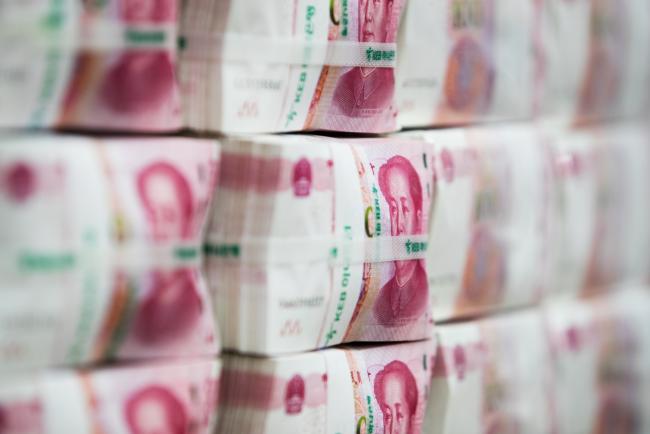(Bloomberg) -- The last time China’s currency sank as quickly as it has in recent weeks, panic ensued: traders rushed to hedge their yuan positions or speculate on further declines, global markets plunged, and policy makers in Beijing responded with heavy-handed intervention.
Now -- almost three years after China’s shock 2015 devaluation -- the response to yuan weakness is proving decidedly more subdued. While gauges of trader angst have ticked up, they’re a far cry from levels reached in 2015 and early 2016.
“I don’t see panic,” said Ryan Lam, the head of research at Shanghai Commercial Bank.
That could change, of course, if China’s economy shows further signs of deterioration amid the trade fight with the U.S. But for now, traders appear to have faith that the yuan’s slump won’t spiral out of control. That sentiment was underscored on Tuesday as the currency rebounded from an 11-month low, buoyed by reassurances from Chinese central bankers that they will keep their nation’s currency stable and not deploy it as a weapon in the trade conflict with the U.S.
Below are six charts showing how key yuan indicators have evolved since the devaluation rocked assets around the world:
The offshore yuan’s three-month risk reversal -- a gauge of traders’ willingness to bet against the yuan in the options market -- is still well below levels reached in 2015 and 2016. While yuan options volume has jumped, bearish positioning has yet to reach extremes.
The yuan’s one-month implied volatility shows traders are pricing in the prospect of larger swings in the currency, but the metric has been higher than current levels several times over the past few years.
Action in the forwards market is markedly different than in the wake of the 2015 devaluation, with 12-month forward points declining to multi-year lows. That suggests there’s been no rush to finance bearish bets.
Funding costs in the offshore yuan market remain low, suggesting the PBOC hasn’t tried to tighten cash supply this time around, a form of intervention. Mopping up liquidity is one way to burn yuan bears by making it expensive to short the currency.
The offshore yuan has been trading basically in line with the onshore exchange rate, reflecting limited bearish bets in the overseas market. The gap was more than six times larger at the start of 2016.
Foreign investors increased their holdings of onshore Chinese bonds for a record 16 straight months in June. Expectations that they’ll keep buying has helped bolster confidence in the yuan, according to Christy Tan, head of markets strategy at National Australia Bank in Singapore. Foreign purchases briefly declined after the yuan devaluation three years ago.
